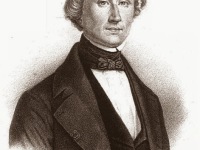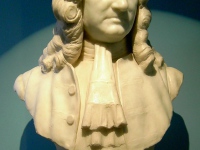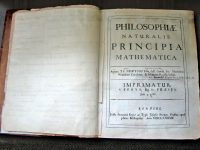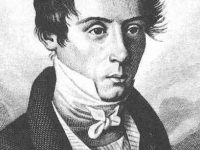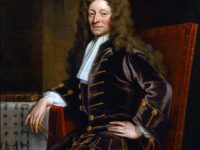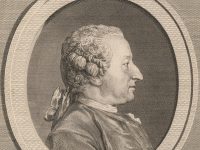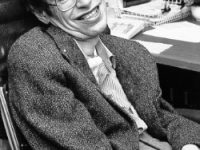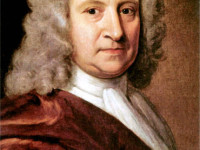Urbain Le Verrier and the hypothetical Planet Vulcan
On 2 January 1860, French astronomer Urbain Le Verrier announced the discovery of Vulcan, a hypothetical planet inside the Mercury orbit, to a meeting of the Académie des Sciences in Paris. Despite the lack of any reliable observation, Le Verrier really was convinced until his death that he had discovered a new planet. It was Einstein’s special theory of relativity and a completely new understanding of the laws of gravity that modified the predicted…
Read more

